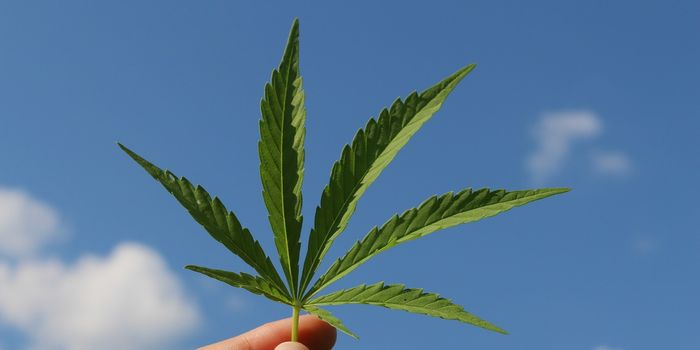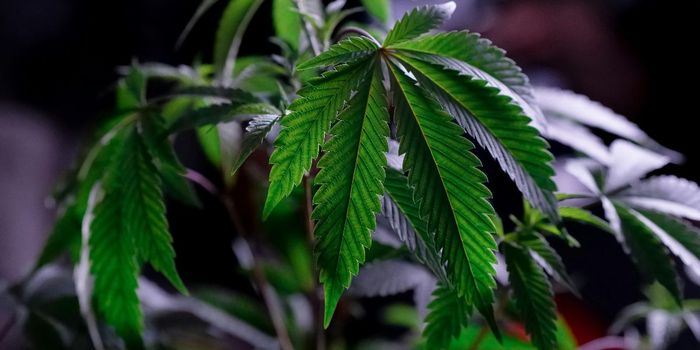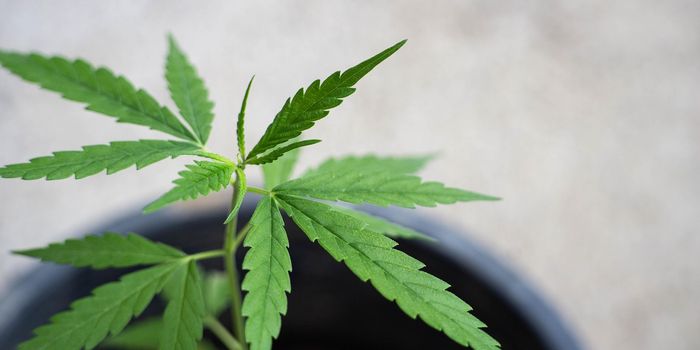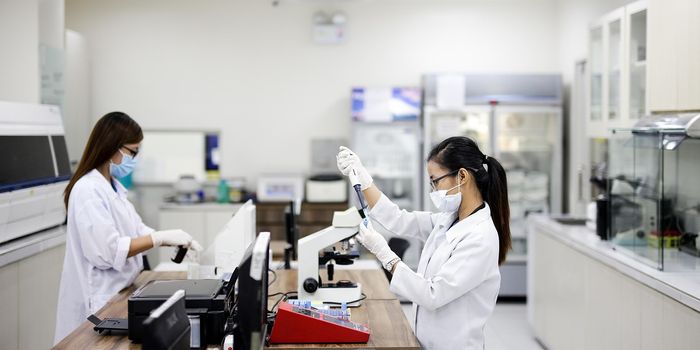Medicinal Cannabis: Commonly Used Terms Part II
Consistent terminology and use leads to greater understanding across all genres of communication. This is the second part of our Medicinal Cannabis Commonly Used Terms Series. Terminology is as complex as anything else needing interpreting. Commonly used terms included in Part II: raw cannabis, herbal cannabis, hemp, hybrid strains, backcross, hydroponics, kief, extracts, synthetics, concentrates, hash, hash oil, and pharmaceutically developed products. Relevant terms are italicized.
Botanical
Raw cannabis refers to any part of the Cannabis plant. It is widely accepted that in terms of biological taxonomy, Cannabis is the genus and there are multiple species: indica, sativa, and ruderalis. Each of these differ from each other and will be examined in a separate article. Herbal cannabis can refer to any of the three aforementioned species. Hybrid marijuana strains are created by breeders and growers using genetic crossbreeding techniques for plants. Hybrid strains are created to generate crops that contain traits from both parental strains. This form of marijuana utilizes the plant leaves or parts of the plant for ingestion or inhalation. The cannabis plant produces resins which are concentrated with cannabinoids within the trichomes of the plant. The resins can form crystal-like structures on the plant leaves or flower and be separated from plant material by agitation.
Synthetics
Synthetic cannabinoid-like compounds made by humans and are typically created in the form of chemical extract and are either sprayed on previously dried plant material for smoking or provided in a liquid form for vaping. They are classified as new psychoactive substances (NPS). They are highly intoxicating and dangerous because they are legally sold as an alternative to natural cannabis compounds and are far more powerful than the natural cannabis plant compounds which work together with each other. Street names for synthetics include K2 or Spice. There are synthetic cannabinoids as outlined in the Pharmaceutical section of this article but those are highly regulated and tested for clinical utility; they are not characterized in the same way as street synthetics which are completely unregulated.
Extracts
Extracts, or concentrates, make up a significant part of the medicinal cannabis market these days but what are they exactly? Cannabis extracts are derived from the cannabis plant using solvents to bring out plant compounds, most commonly in the form of an oil. Additionally, the term magistral preparation may be used and describes any medicinal product prepared by a pharmacist to meet a specific medical prescription/recommendation for a patient. As already mentioned, extracts can be natural or synthetic but most often, when discussing extracts, individuals are referring to natural botanical products. Extraction involves removal of cannabinoids and terpenes from the plant matter. Plant extraction preparation can be done using multiple methodologies for small batch up to commercial extractions. The most common methods use ethanol, hexane, light hydrocarbons, or CO2 Supercritical equipment. Light hydrocarbon extraction uses either butane or propane (sometimes a mix of both) and works efficiently and cost effectively because the non-polar cannabinoids easily dissolve into a soluble form and then the solvents are separated from the final product. Dangers involve hydrocarbon combustibility, so extraction must take place in a highly controlled environment. CO2 supercritical extracts are created using differing phases of carbon dioxide which provides the environment for unique cannabis compounds to be removed from the plant based on their molecular composition. This method is the likely the cleanest and safest, but the equipment is expensive.
Kief is a very rudimentary form of concentrate that is sometimes mistakenly referred to as marijuana pollen because it looks powdery and yellowish, similar to pollen grains. Kief is the collection of trichomes that have been separated from the plant matter through grinding and remains loose; trichomes contain a high percentage of cannabinoids so kief is potent. Hash is made through removal of trichomes and then under subsequent pressure forms a solid mass for consumption; kief is the foundation for hash or hashish. It can be produced chemically using a solvent and is then referred to as hash oil.
Tinctures are an easy way to deliver cannabis compounds without the need for vaping or smoking. This is a common form of delivery of medicinal cannabis and is made using an alcohol extraction method resulting in a liquid form that can be dropped under the tongue.
CBD oil can be made using the Supercritical CO2 method, but the limitations of equipment cost are still maintained. Ethanol methodologies can be utilized but there are challenges in the polarity differences between the alcohol, cannabinoids and chlorophyll; chlorophyll and cannabidiol (CBD) can co-extract (come out together) which results in a bitter taste and greenish coloring to the oil. Chlorophyll can be further filtered but this adds cost, time, and loss of efficiency. Olive oil can also be used to extract CBD and is a fairly simple procedure, but the product cannot be concentrated so there is a dilution factor that cannot be undone.
Pharmaceuticals
More recently, there are pharmaceutical companies working to create pharmaceutical grade products that can be prescribed by a medical provider just like any other regulated medicine. There are three cannabinoid-based medicines approved by the FDA: Nabiximol (Sativex), Nabilone (Cesamet or Canemes), and Dronabinol (Marinol). One other drug, Epidiolex, is an oral solution of pure plant-derived CBD and is the FDA clinical trial stages as an epilepsy drug with potential for more applications. Additionally, there are multiple drug companies in the active stages of creating new cannabinoid-based medicines.
Nabiximol was developed by GW Pharmaceuticals, Plc. in England and is an oral spray containing real cannabis extract. THC and CBD are the main cannabinoids in a 1:1 ratio; additional cannabinoids and terpenes are also present but in low amounts. Of note, GW Pharmaceuticals is the creator of Epidiolex also. Nabilone is a synthetic cannabinoid that is comparable to THC. It comes in oral capsules and its main indication for use is chemotherapy related nausea and vomiting. Dronabinol is a cannabinoid solution containing synthetic delta-9-tetrahydrocannabinol. This medicine was approved mainly for loss of appetite and weight loss concerns in AIDS patients and chemotherapy related nausea and vomiting.
The video below outlines some of the common forms of extracts and concentrates of cannabis.
Sources: European Journal of Internal Medicine, NIH, NIH US National Library of Medicine-Nabilone, NIH US National Library of Medicine-Dronabinol, GW Pharmaceuticals-Sativex, Trends in Pharmacological Sciences, British Journal of Pharmacology, MedicalJane.com, HempMeds,









